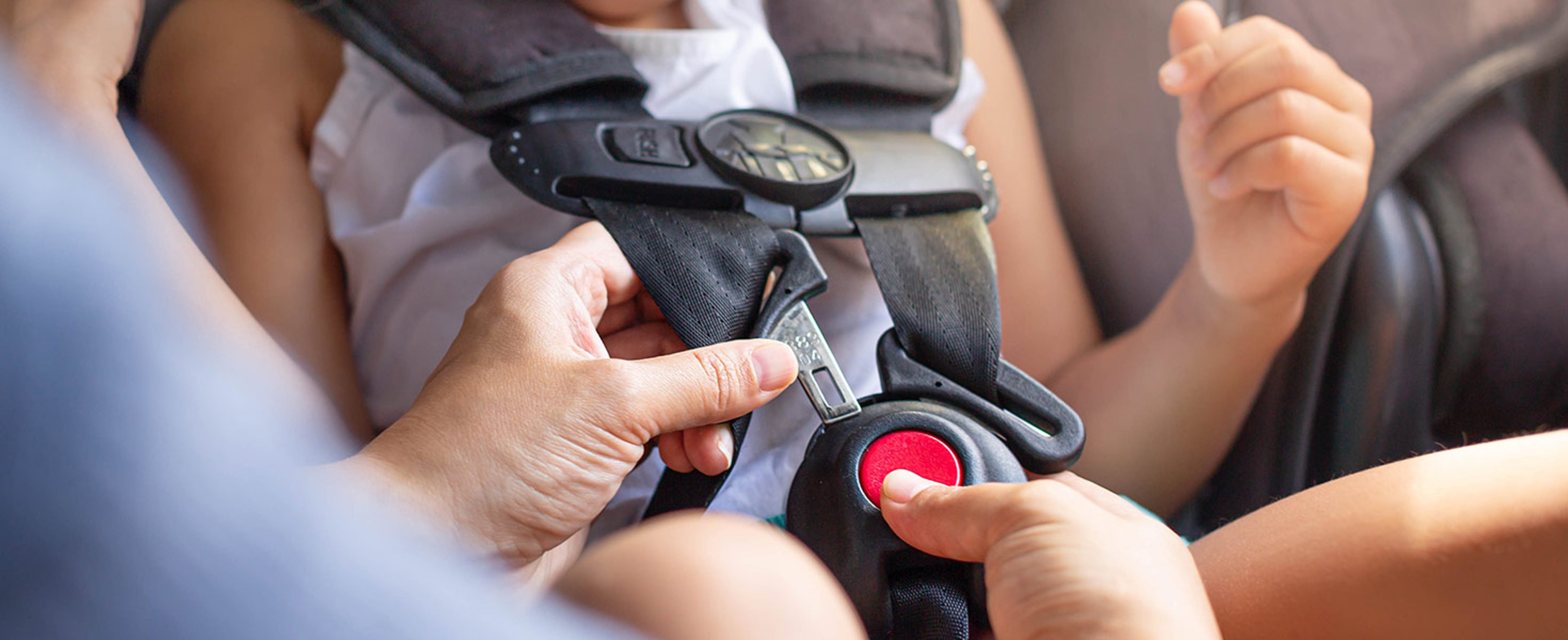Child Passenger Safety
In today's highly mobile society, children travel more than ever. Sadly, this mobility comes at a staggering price.

Traffic Safety Programs & Materials
The U.S. Department of Transportation and AAA Foundation for Traffic Safety found that over a five year span, 3.9 million children ages ten and under were involved in motor vehicle crashes. More than 527,000 children were injured and 2,789 were killed. Motor vehicle crashes are the leading cause of death for children ages 1 to 13 in the U.S. Tragically, many of these deaths can been prevented with proper child restraint use. Research shows that properly used seat belts and safety seats are the most effective tools in preventing injuries and deaths in vehicle crashes.
Remember: Be diligent in ensuring each child is properly restrained in the car before it is in motion, especially if the child is not old enough to secure themselves. (Source: Chicco USA)